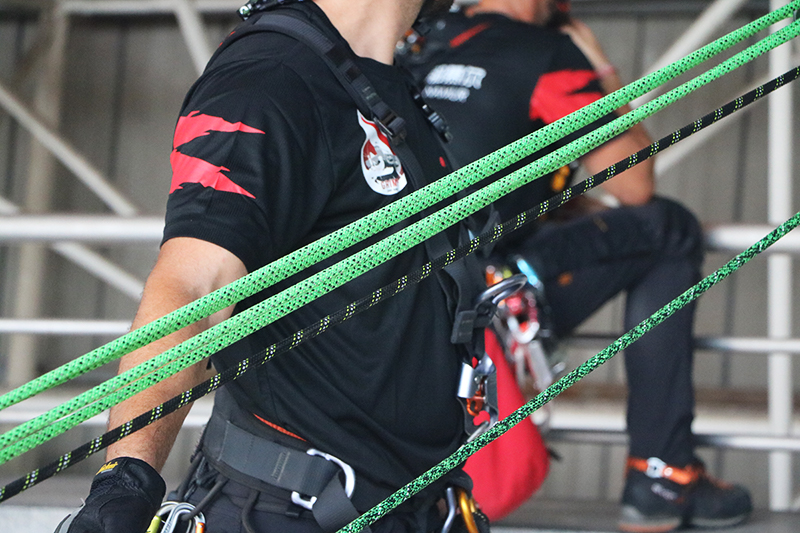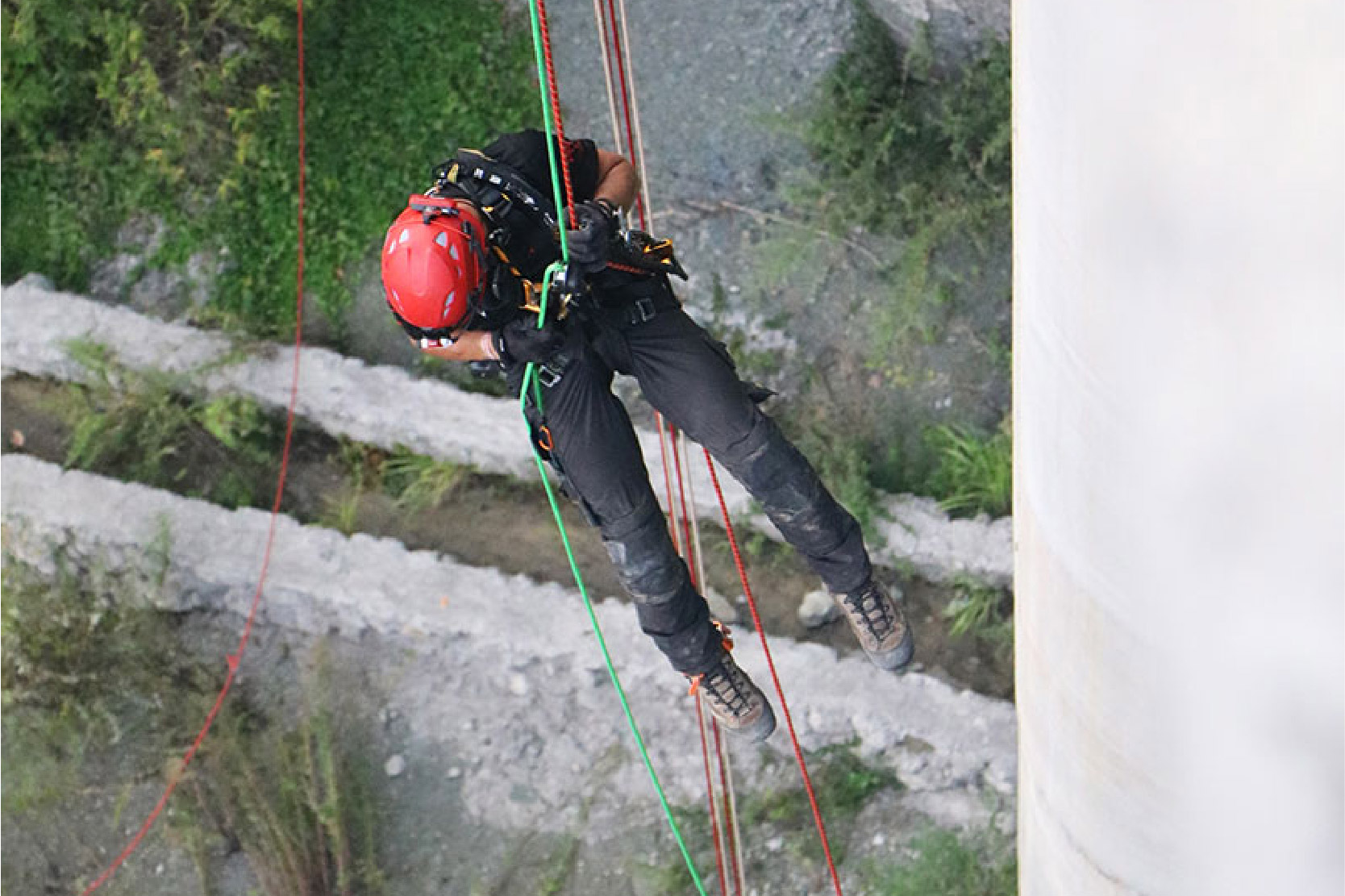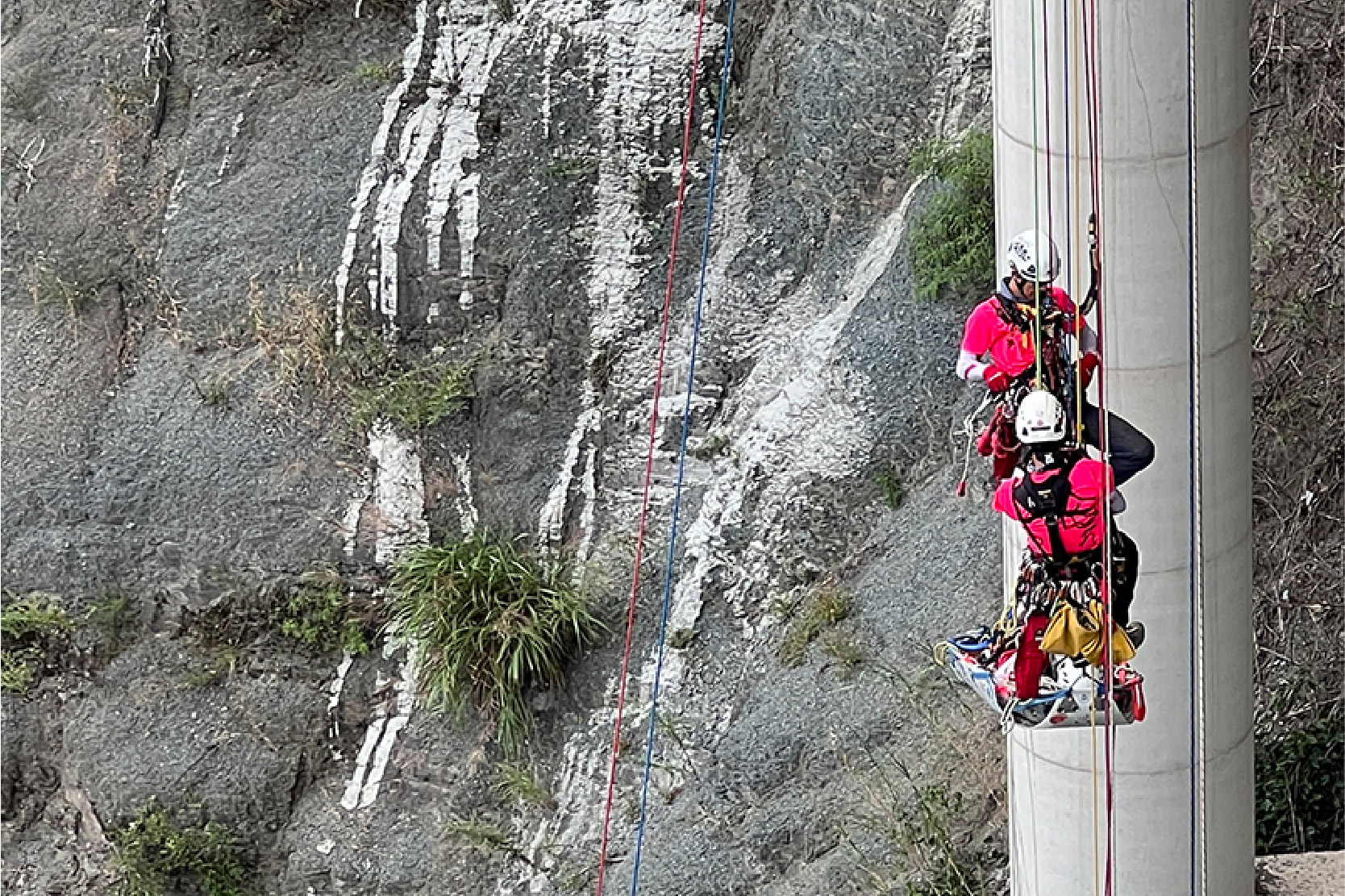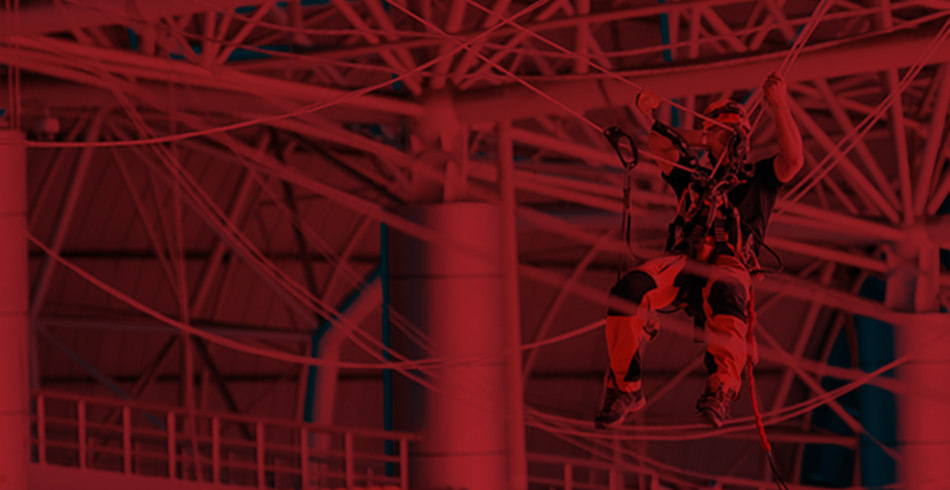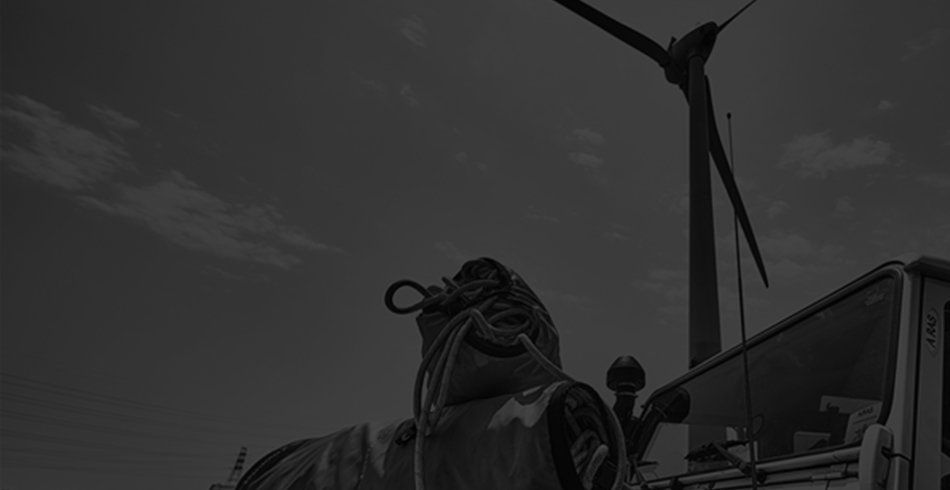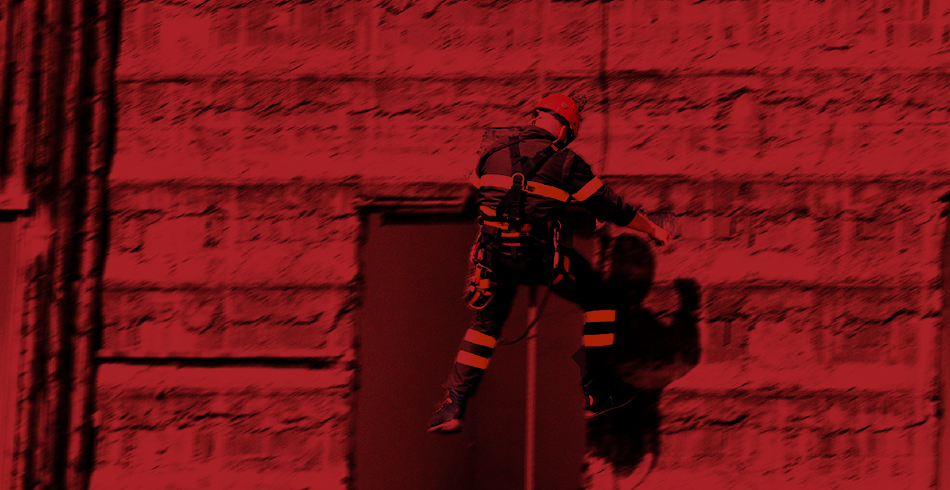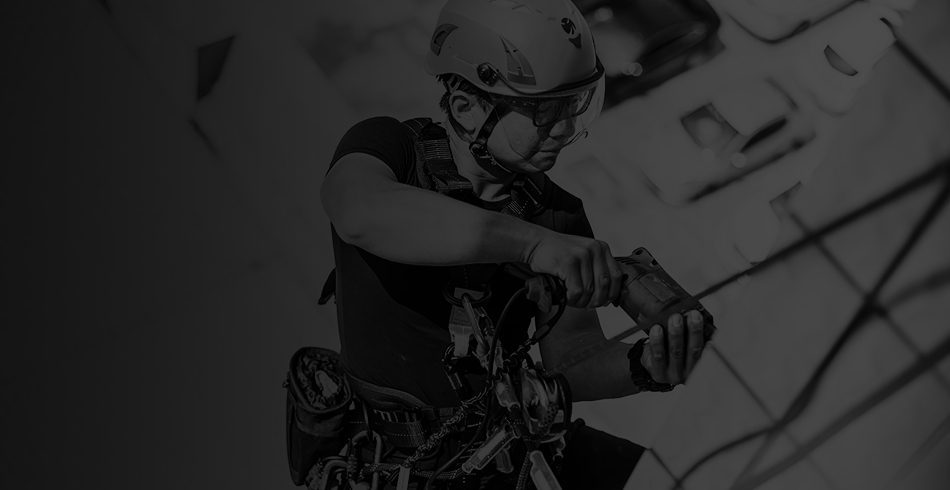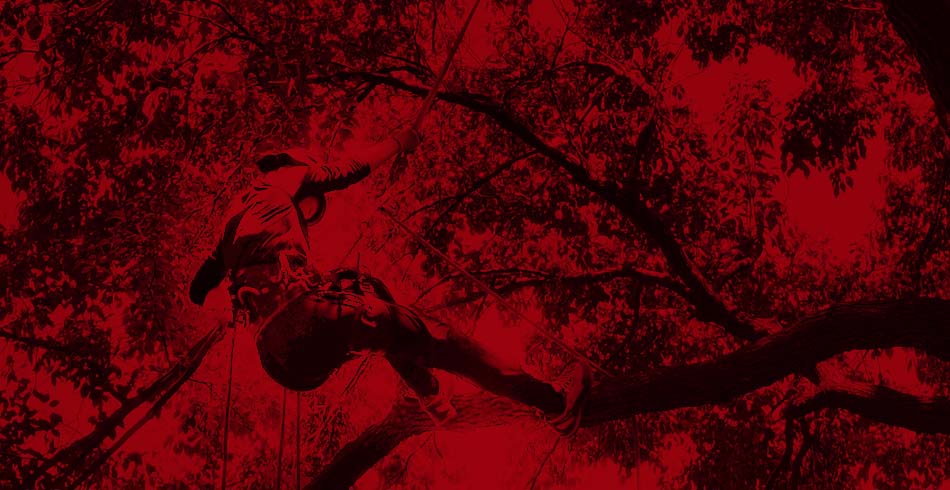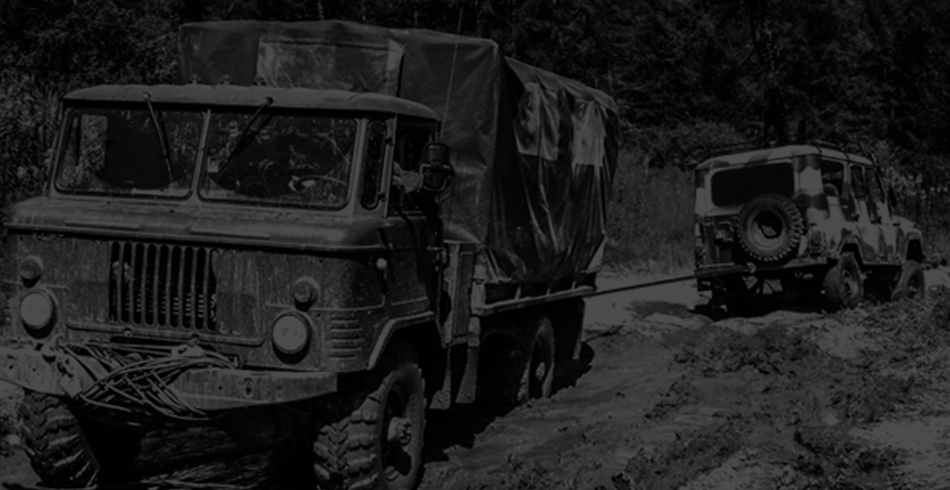Safety and Rescue Ropes
Protecting Lives with Reliable Solutions
In the realm of rescue and operational actions, Safety and Rescue Ropes stand as indispensable equipment, providing unparalleled support in hazardous and extreme scenarios. These highly specialized ropes are designed with utmost precision, incorporating cutting-edge technology to deliver exceptional performance and ensure the safety of both rescue professionals and workers alike.
Why Choose Safety and Rescue Ropes?
Safety and Rescue Ropes are characterized by their exceptional strength and abrasion resistance, making them the preferred choice for a wide range of applications. From critical firefighting and rescue missions to industrial work at height and daring adventure activities, these ropes provide steadfast reliability and peace of mind. The versatility of Safety and Rescue Ropes makes them an ideal companion in situations where dependable rope support is crucial for mission success.
Unrivaled Performance in the Toughest Conditions
Safety and Rescue Ropes are meticulously crafted to endure the harshest conditions. Equipped with advanced features, such as water and high-temperature resistance, these ropes excel in even the most challenging environments. They are built to withstand extreme pressures, ensuring swift and secure multi-person rescue operations, which is vital during emergencies.
Globally Recognized Product Certifications of our Safety and Rescue Ropes: CE, UL, JIS, GB, XF494
Committed to delivering the best, our Safety and Rescue Ropes proudly bear the marks of international certifications like CE, UL, JIS, GB, and XF494. This is a testament to the resilience and dependability of our ropes in various applications, from intense rescue missions to everyday industrial settings.
Collaboration with YaSheng Training Institute for Safety and Rescue Ropes
Our partnership with YaSheng Training Institute embodies the fusion of state-of-the-art Safety and Rescue Ropes technology with premier training. This collaboration guarantees that our ropes are not only impeccably produced but also utilized to their utmost potential, thus saving lives.

Rope Technicians Specializing in Safety and Rescue Ropes Certified with IRATA Level 1 and Level 3
Our technicians, responsible for our top-tier Safety and Rescue Ropes, are not mere employees; they are certified experts. With accreditations such as IRATA Level 1 and Level 3, they ensure our ropes are precisely crafted, rigorously tested, and ready for any challenges.
Bridge, LifeLine - Safety and Rescue Ropes in International Competitions
Our Safety and Rescue Ropes aren’t solely for emergencies – they shine in competitive settings too! Supporting international rope rescue competitions like Bridge and LifeLine, we underscore the reliability and sturdiness of our ropes where precision is paramount.
The Pinnacle of Competition Safety and Rescue Ropes - GTR 11
Introducing the GTR 11, a Safety and Rescue Rope crafted for competition. This distinct rope assures stellar performance and unparalleled safety during pivotal competitive moments, setting the gold standard in the industry.
Xmonster remains an epitome of trust in the Safety and Rescue Ropes domain. From global standards to competitive validation, our ropes are proven lifelines in every sense. Harness the prowess of Xmonster’s Safety and Rescue Ropes, and rest assured, we've got your back when it counts.


